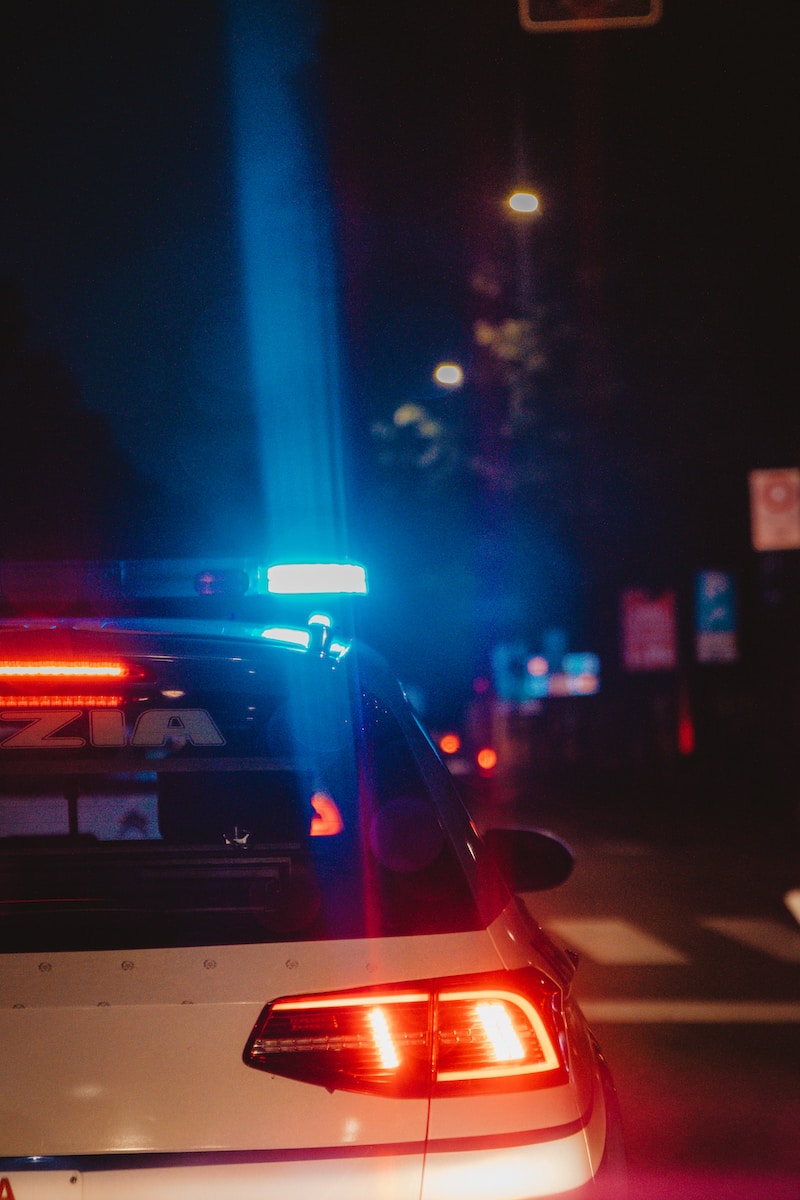Gone are the days when electric car drivers had to have entire glove compartments full of fuel cards. Nevertheless, a small collection helps in everyday life.
Paying at the petrol station is easy: the same cards and cash are accepted everywhere. It is a little more difficult to charge electricity: because with bills, coins or EC card there is almost nowhere to start anything. Instead, you usually pay with a charge card. Which one you need personally depends on several factors. If you want to be on the safe side, you have several in your wallet.
Fastest by card
The RFID loading cards for identification on the public charging station is available in the classic credit card format or as a keychain tag - but also as an app. Because the smartphone can be used by almost all providers as an alternative to the physical card, so that the e-mobilist is not lost even without a wallet. However, you then need a cellular network and a full battery as well as a little more time than when using the card. The pillar is then identified and activated with the help of the cellular network, a QR code scanner or the GPS sensor. Therefore, the app is also helpful at all pillars without RFID authorization.
Which charging card is required depends on the electricity tank requirements. Large e-mobility providers such as EnBW or Shell Recharge score points in Germany with a large coverage, so that at least one card works on most of the pillars of the republic. Regional providers offer cheaper electricity prices in some cases, but often only on their own pillars. In the case of fast charging stations, there are also operators such as Fastned or Ionity, who offer tariffs that apply exclusively to their own systems. Last but not least, the car manufacturers are also involved and offer their customers special charging cards and conditions.
How many cards do i need?
Simply having all the usual charging cards with you is expensive, however, because many contracts come with a basic fee. It is therefore generally advisable for beginners to start with a large e-mobility provider and then observe their own charging behavior for a while. In this way you can find out whether another card is in demand - for example for refueling with the fast charger or in the neighboring city. For this purpose, those from providers without a monthly basic fee are ideal. The costs per kilowatt hour are then a little higher, but this is hardly significant if the device is only used occasionally.
In an emergency, you can charge anywhere
There is no need to be afraid of getting stuck with this gap strategy. Even if you don't have the right charging card, you can use ad-hoc charging by mobile phone at most public charging stations. Although this is a bit more expensive and cumbersome, it works without any problems in an emergency.
In the long term, paying with the EC card will also become the standard in Germany. From mid-2023, all new pillars must have a reader that accepts common debit and credit cards. And another factor should make charging easier for electric car drivers in the future: more and more pillars and vehicles recognize each other automatically and start the charging process without the driver having to do anything. And the billing then takes place automatically. In such cases, everything stays in your pocket.





